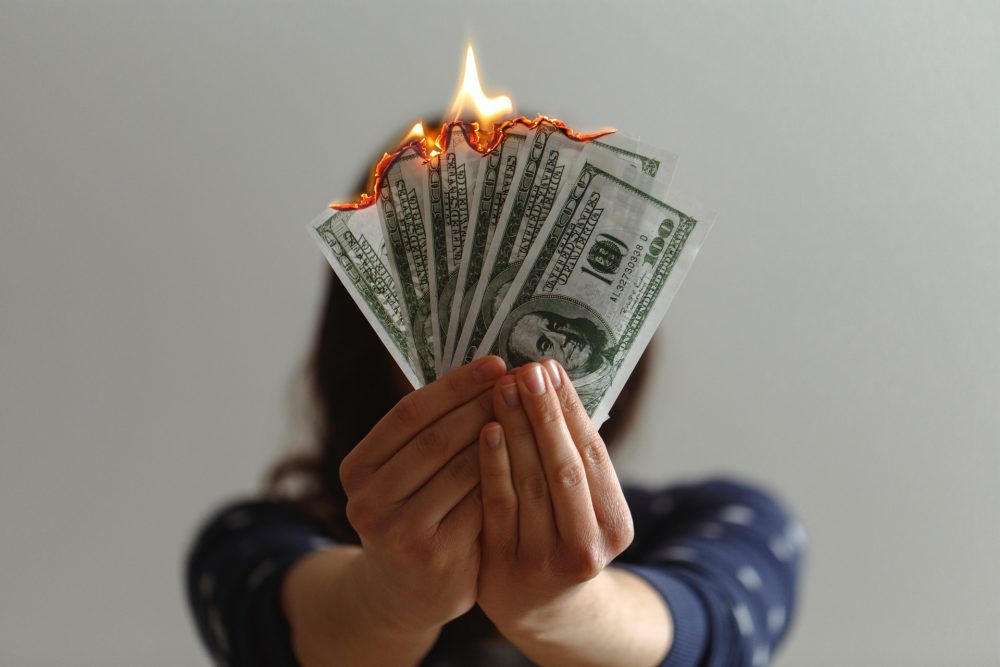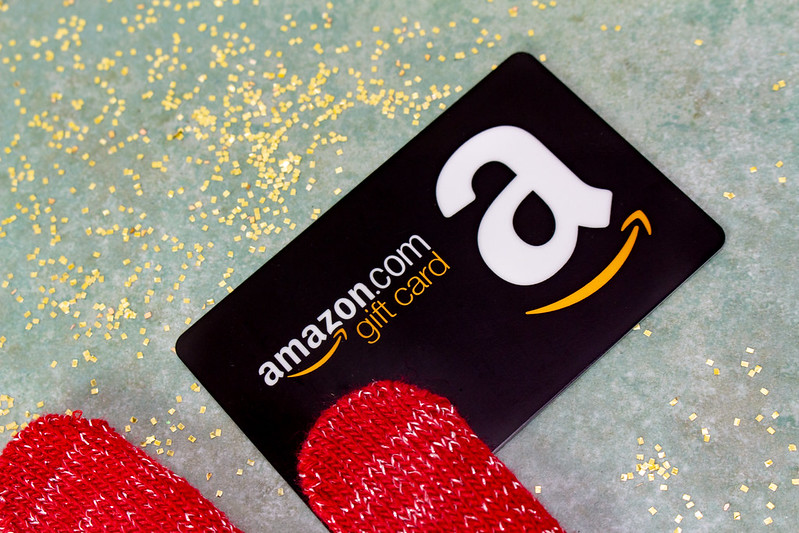
Sometimes we give a gift so someone can throw it away in our stead. It may be sense of pride or of entitled status. Still, waste is waste. When I was a kid, people would complain about receiving Christmas fruit cakes. I loved them, but it was TV trope for TV characters to throw them away. I know people who throw away gifts instead of re-gifting. Unused gift cards are just an awful waste. Have you ever thrown away or forgotten about unused gift cards?
Then you are actually throwing away money. The monetary value transferred onto a gift card does not expire for years.

Did you know that the money transferred onto a gift card cannot legally expire for at least 5 years?
If you put unused gift cards in a drawer and throw it away, you literally throwing away money.
There are also many options and ways for you to sell or trade any unused gift cards you may have.
Instead of looking at unused gift cards like they are unwanted Christmas fruit cakes, why not see them as money?
It’s a good idea, but they are actually money.
So, why is it so common to see unused gift cards as anything but money?
Unused Gift Cards and Spillage
Waste is a sign of entitlement in the United States. We waste food, time, and actual money.
Or things that are just as good as money, like unused gift cards.
Why do we waste gift cards? Maybe it has to do with receiving a gift card for a disliked retailer.
While an eyeroll of annoyance may be warranted in some instances, throwing away or forgetting about unused gift cards is not the answer.
A good place to learn to stop wasting money, if we want to do things incrementally, is with gift card spillage.

Gift card spillage is the unused amounts of money that remain on unused gift cards and are never used. Have you ever had $2.07 in a checking account? You don’t, or can’t, withdraw it because the fees cost more than your balance. Imagine leaving money on an unused gift card and never redeeming it.
Over 85% of people who receive a gift card typically use them within two months of receipt.
Still, 85% of gift card redeemers only use about 34% of the face value available on their gift cards.
This is an odd problem to have in the United States, the wasting of actual money. And it isn’t a new problem.
Spillage is an Old Problem
Americans have been lighting money on fire via unused gift cards for decades. Consumers spent about $20 billion on gift cards in 1999 and more than $130 billion in 2015.
It was over $140 billion in 2016, and, in 2018, over $160 billion.
Over $41 billion in gift card value has been left unused through spillage since 2005.
There was over a billion dollars’ worth of gift card spillage in 2015 alone.
People lighting so much money on fire does not make any sense. Especially since most people explicitly ask for gift cards.
Over 60% of people say they wanted gift cards given to them as gifts during the holidays.
What weird is that while people self-initiate spillage now, gift card companies used to trick them into doing it for a fee.
Now, there are laws to help you use every cent available on a gift card as efficiently as possible.
The CARD Act of 2009
Before 2009, gift card businesses were legally allowed to charge consumers penalty fees spillage.
Gift cards used to be only viable for weeks, months, or on a time-frame beneficial to the business that issued it.

Some gift cards didn’t even have their expiration dates printed on the card or easily explained. It was a lucrative way for businesses to scam you for wasting a gift card that you voluntarily bought. Or, creating an unused gift card.
Consumers felt rushed, pressured, and obliged to use gift cards on the issuing company’s time frame.
The CARD Act, or Card Accountability, Responsibility, and Disclosure Act, changed all of that in May 2009.
After the passage of the CARD Act, gift card issuing companies could not allow gift card values to expire for five years after the purchase date. Or, on the last date you loaded money to the card.
The expiration date from the first date of purchase must be visible or easily knowable to the purchaser.
Issuers can only charge one fee a month for gift card use, and an inactivity fee after a year of non-use.
So now, after legislative protection allows consumers to use a gift card on their terms, why do they waste them?
Why do we create unused gift cards?
Spillage Justifications
Unless issued by a financial institution for all-purposes, many gift cards are only redeemable for specific products or at specific retailers. These are known as, “loop gift cards.”

Many people accept such gift cards and then don’t use them because they can only redeem them for something they don’t want. For example, if you are gifted a Pottery Barn gift card then you can only use it there, whether you want to or not.
Sometimes gift card spillage is created when the business for the gift card closed.
In most cases, people just simply forget they have the unused gift cards or misplace them.
Make Money From Wasted Money
There are many ways to solve the gift card spillage problem.
Many people outright ask for gift cards. So, ask for gift cards from your preferred retailers.
Buy gift cards for people who you know will use them.
If you receive an unwanted gift card, consider giving it to someone who will appreciate it.
Use every cent of the value available on a gift card. Why use up $37 on a $50 gift card, then put it in a drawer and forget about it?
That is the equivalent of taking $13 and lighting it on fire.
You can also sell or trade unwanted gift cards on various gift card exchange and transaction sites. Such sites include:
Unused gift cards are like giving someone a gift to throw away in your stead.
Instead, you’re actually throwing away money.
Read More
How Adopting a Zero Waste Lifestyle Can Save You Money
Never, Ever Buy These Items From the Dollar Store
How To Earn Extra Income With A Mobile Phone
How To Become a Part Time Real Estate Agent
Things To Know Before Applying As A Mystery Shopper
Allen Francis was an academic advisor, librarian, and college adjunct for many years with no money, no financial literacy, and no responsibility when he had money. To him, the phrase “personal finance,” contains the power that anyone has to grow their own wealth. Allen is an advocate of best personal financial practices including focusing on your needs instead of your wants, asking for help when you need it, saving and investing in your own small business.